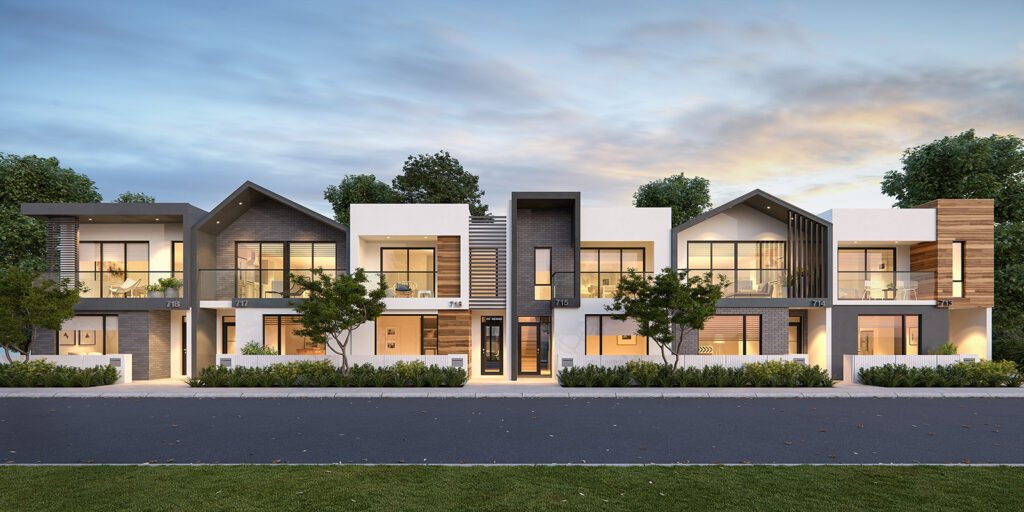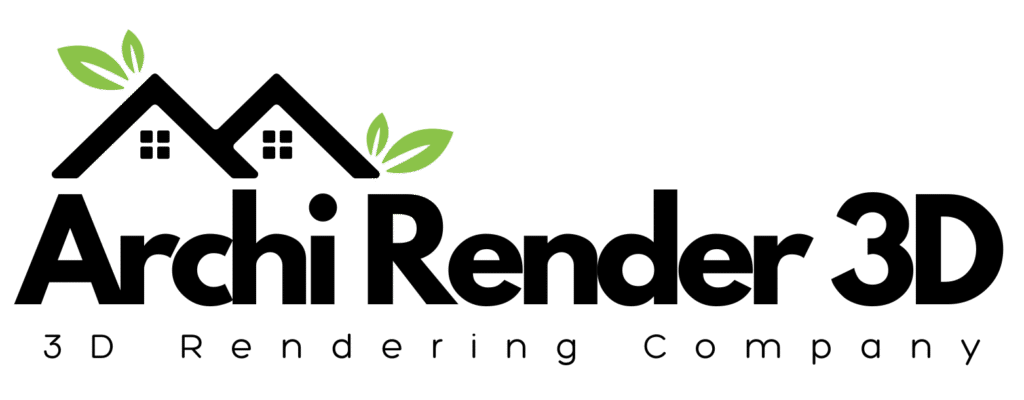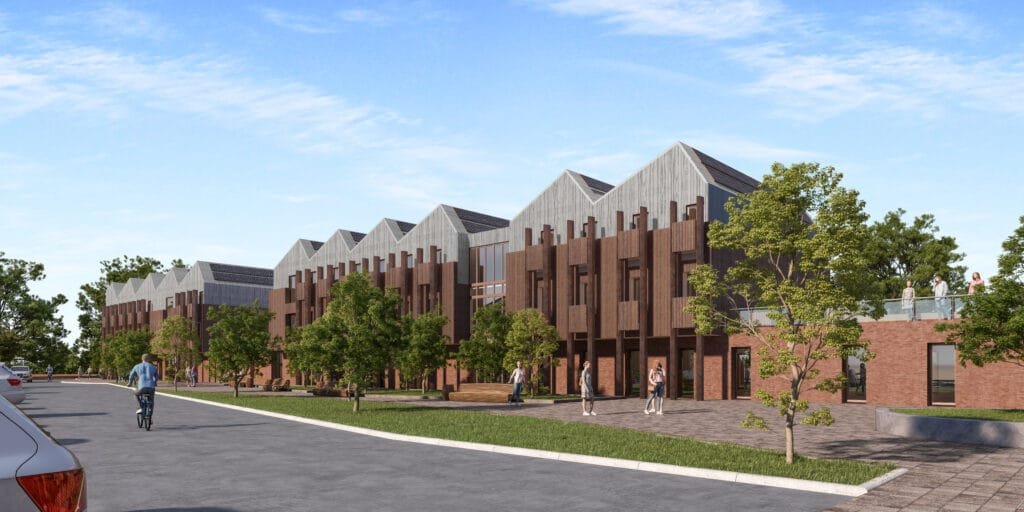Introduction
You may be asking yourself, Who Needs 3D Rendering Services and whether they are truly worth the investment. Perhaps you have relied on hand sketches, physical models, or basic CAD drawings for years.
You might hesitate because commissioning photorealistic visuals feels like a luxury rather than a necessity.
Yet in today’s competitive environment, 3D rendering does more than make projects look pretty. It transforms how you communicate ideas, secure approvals, and engage stakeholders.
At ArchiRender3D, we have guided architects, developers, interior designers, real estate agents, and more through the rendering journey.
We have seen firsthand how high-quality 3d renders reduce misunderstandings, accelerate timelines, and elevate every phase of design and marketing.
In this post, you will discover exactly who benefits from 3D rendering services, why they matter, and how to integrate them into your workflow without adding complexity.
The Evolution of Visualization in Architecture and Development
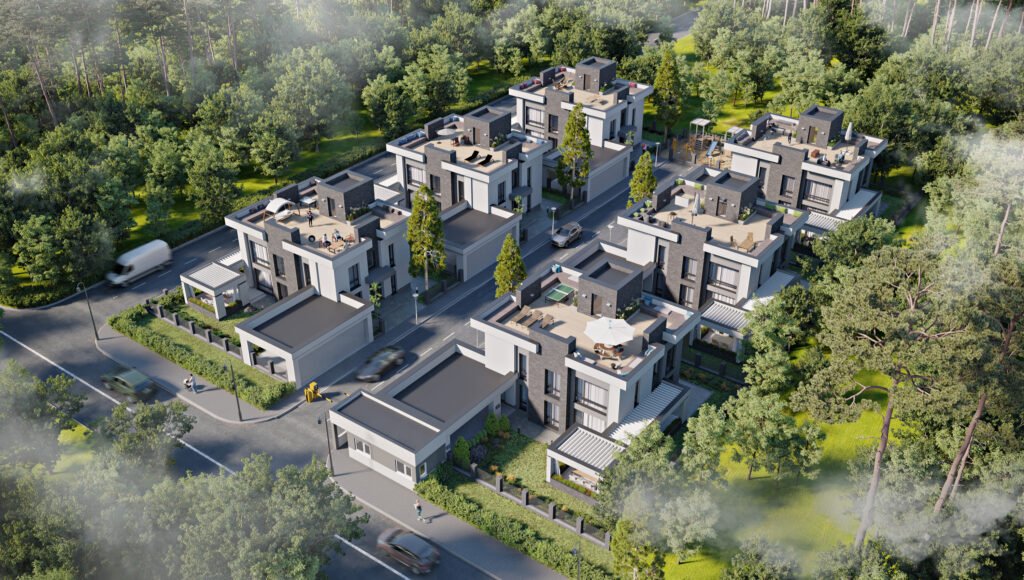
Long before computers entered the picture, architects relied on hand-drawn sketches and physical scale models to convey vision. Those methods held value but demanded exceptional artistic skill and many iterations.
CAD software added precision but remained flat. Clients still struggled to imagine space beyond lines on paper.
Then came basic 3D modeling and static renderings, which offered more depth but often looked artificial. Today’s 3D rendering services employ advanced engines, real-world lighting simulations, and physically based materials.
These tools deliver photoreal accuracy that helps viewers feel as though they are walking through built spaces.
By understanding this evolution, you see why embracing 3D architectural rendering is no longer optional. It has become central to design communication, stakeholder buy-in, and marketing success.
Who Benefits from 3D Rendering Services
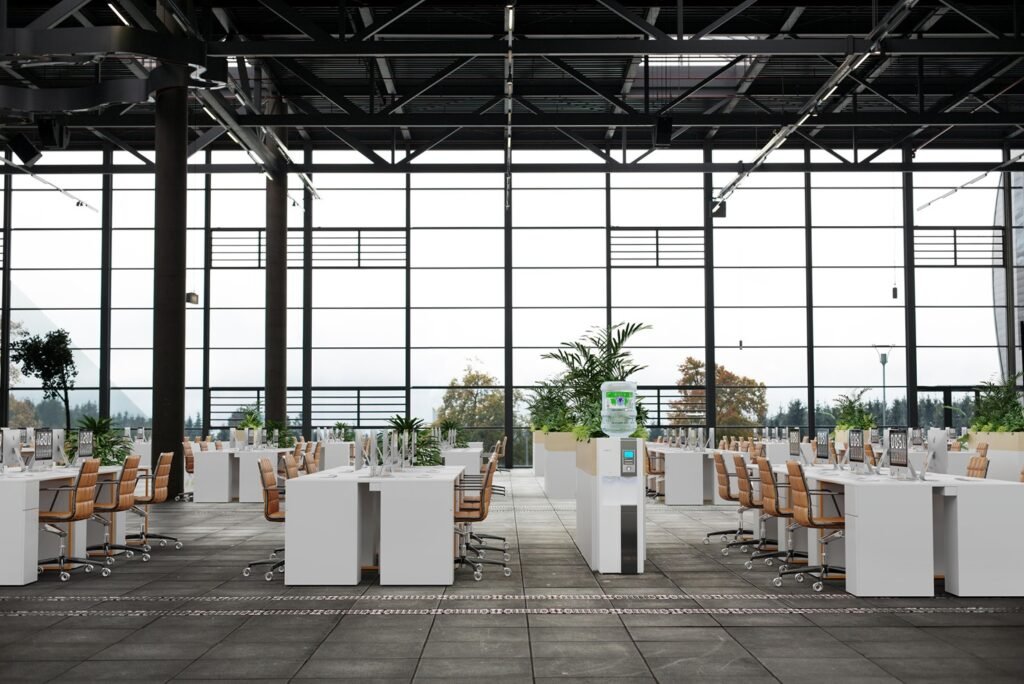
3D rendering services deliver value across a spectrum of industry professionals. Below is an overview of the main roles that stand to gain, with real-experience insights and common hesitations addressed.
Architects
You might hesitate to outsource visualization, fearing a loss of creative control. Yet partnering with a dedicated 3D rendering team lets you focus on design innovation rather than technical rendering quirks.
Benefits for architects:
- Faster design iterations by previewing materials and forms in photoreal context
- Clear communication with clients, consultants, and contractors
- Stronger proposals and presentation materials that stand out in competitions
RealRender3D Experience
One architectural firm we worked with had struggled to win a cultural center competition. After integrating 3D renders into their concept boards, the jury could immediately grasp spatial relationships and materiality. The firm won the bid, attributing success to the clarity renders provided.
Developers
You may wonder if 3D rendering services are necessary for large-scale projects already backed by investor confidence. In reality, photoreal renders help secure financing and pre-sell units by showcasing exactly what will be built.
Benefits for developers:
- Boosted off-plan sales through immersive marketing campaigns
- Streamlined funding approvals by presenting realistic cost-benefit visuals
- Market differentiation in crowded segments
RealRender3D Experience
A residential developer in Manila faced tepid interest despite low pre-sale prices. After deploying 3D architectural renderings across digital ads and brochures, inquiry rates jumped 150 percent. Units sold out faster than any prior project.
Interior Designers
Perhaps you have hesitated because scanning fabrics or textures into software seems daunting. Modern 3D rendering services handle material scanning and apply physically based materials automatically.
Benefits for interior designers:
- Ability to preview lighting effects on finishes before procurement
- Client confidence through virtual walkthroughs of key spaces
- Efficient selection between competing design schemes
RealRender3D Experience
An interior design studio in Singapore used 3D interior rendering services to show three distinct palette options for a hotel lobby. The client eliminated two schemes at once by directly comparing renders, cutting decision time in half.
Real Estate Agents and Brokers
You might assume that property photography suffices. Yet photography can only capture built environments. 3D rendering services allow showcasing unbuilt developments, renovation concepts, and speculative layouts.
Benefits for agents:
- Enhanced listings with both existing and future property visuals
- Broader reach by sharing 360° tours and animated walkthroughs
- Reduced time-onsite viewings by offering accurate remote previews
RealRender3D Experience
A brokerage in Toronto added virtual property showcases to their website. Page engagements rose by 80 percent and scheduled viewings increased by 35 percent, as prospects felt more certain of a property’s appeal before onsite visits.
Home Builders and Contractors
You may worry that rendering adds cost to construction projects. In fact, catching design clashes virtually saves significant on-site rework costs, sometimes recouping the rendering budget multiple times over.
Benefits for builders:
- Early clash detection between structural, mechanical, and finish elements
- Clear shop drawings derived from render-approved visuals
- Marketing assets to advertise model homes and community amenities
RealRender3D Experience
A custom home builder in Sydney used architectural renderings to finalize ceiling and beam alignments before framing. On-site changes dropped by 40 percent, saving weeks of schedule delays.
Marketing Teams
Perhaps your marketing team relies on stock images and text-heavy brochures. 3D rendering services deliver unique, branded content that speaks directly to target demographics.
Benefits for marketing:
- Cross-channel consistency with photoreal visuals for print, web, and social
- Higher engagement through interactive panoramas and immersive video
- Story-driven content that resonates emotionally
RealRender3D Experience
A luxury condo marketing campaign in Dubai integrated a 60-second rendered walkthrough into email blasts. Click-through rates soared, and the development gained international attention in design blogs.
Investors and Stakeholders
Many investors are hesitant when they cannot visualize a project’s performance or aesthetic. 3D architectural renderings provide clear evidence of potential returns and design quality.
Benefits for investors:
- Reduced perceived risk with tangible visual previews
- Faster due diligence by reviewing consistent, accurate materials
- Enhanced confidence in project teams and execution
RealRender3D Experience
An international investment group used a VR-enabled render of a mixed-use tower to evaluate amenity adjacencies. The immersive session convinced them to approve phase two funding within days.
Key Features of 3D Rendering Services
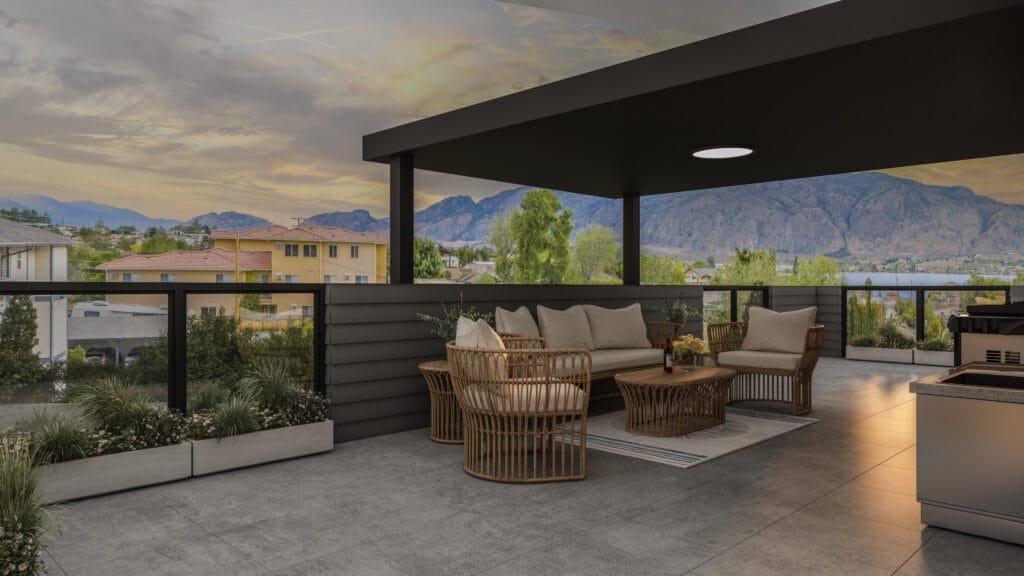
Understanding what professional 3D rendering entails helps you set expectations and choose the right partner.
| Feature | Description | Benefit |
|---|---|---|
| Photorealistic Still Images | High-resolution images with accurate lighting and materials | Instant visual impact |
| Animated Walkthroughs | Short videos that guide viewers through spaces | Emotional engagement and storytelling |
| 360° Panoramas | Interactive spherical views | Remote exploration without software installs |
| Virtual Reality (VR) Tours | Headset-based immersive experiences | Deep spatial understanding |
| Augmented Reality (AR) Overlays | On-site digital overlays via mobile | Contextual visualization in real environment |
| Material Scanning and PBR | Real-world material properties scanned and applied | True texture and reflectivity |
| Collaborative Cloud Review | Online proofing tools for client feedback | Streamlined revision cycles |
How to Choose the Right 3D Rendering Partner
You may hesitate when selecting a vendor, worrying about quality, cost, and timelines. Use these criteria to make an informed decision.
Portfolio Relevance
Review past projects in your sector—residential, commercial, hospitality—to ensure their style aligns with your vision.Technical Capability
Confirm they use industry-standard software (e.g., 3ds Max, Corona, V-Ray, Unreal Engine) and physically based rendering pipelines.Turnaround Times
Check their typical delivery window for stills, animations, and interactive media. Faster does not always mean better, but transparency matters.Communication Workflow
Opt for partners who provide structured feedback loops, consolidated review platforms, and clear revision limits.Pricing Structure
Seek clarity on per-image rates, package deals, retainer options, and licensing terms for reuse.Value-Added Services
Explore if they offer material library access, VR setup, AR integration, or post-production branding.
Integrating 3D Rendering into Your Workflow
You might worry that adding another vendor will complicate your existing processes. A structured approach keeps things simple.
Initial Brief and Discovery
Share project goals, reference images, CAD/BIM files, and brand guidelines. Define deliverables and deadlines upfront.Concept Drafts
Receive low-resolution mockups of key views within days. Provide consolidated feedback to avoid fragmented comments.Iterative Refinement
Collaborate via cloud review tools. Limit to two to three feedback rounds to maintain momentum.Final Delivery
Acquire high-resolution stills, animations, and interactive files optimized for web, print, and VR headsets.Repurposing Assets
Extract hero images for social media, crop stills for brochures, and embed panoramas in your website and mobile apps.
ROI: Measuring the Impact of 3D Rendering Services
You may hesitate to approve a rendering budget without clear metrics. Here are the key performance indicators real projects have demonstrated.
| Metric | Before Rendering | After Rendering | Improvement |
|---|---|---|---|
| Lead-to-Contract Timeline | 10–12 weeks | 6–8 weeks | 33–40% faster |
| Number of Design Revisions | 5–7 rounds | 2–3 rounds | 50–60% fewer |
| Pre-sale Conversion Rate | 30–40% | 60–70% | 50–75% boost |
| On-site Change Orders | Frequent | Rare | 10–15% reduction |
| Listing Page Engagement Time | 1:30 minutes | 3:45 minutes | 150% increase |
| Marketing Asset Turnaround | Post-construction only | Pre-construction ready | 100% earlier launch |
Common Misconceptions and Hesitations
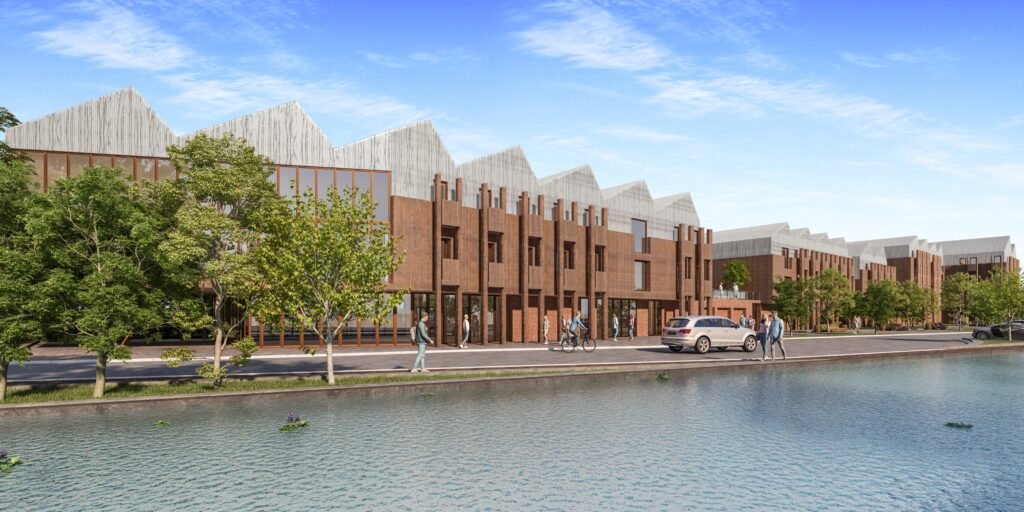
Even seasoned professionals can hesitate. Here are top concerns and real-world counterpoints.
- “It is too expensive.”
Start with a single hero render. The sales velocity and risk avoidance often recoup the cost many times over. - “Our clients are not tech savvy.”
Stills and videos require no special tools. Interactive panoramas run in standard browsers. - “It will slow us down.”
An experienced 3D partner integrates with design phases, running parallel rather than sequential. - “Photography is enough.”
Photos capture reality post-construction. Renders visualize unbuilt schemes, renovations, and design options.
Conclusion
You may still ask, Who Needs 3D Rendering Services?
The answer is clear—anyone seeking to reduce risk, accelerate decisions, and elevate presentation. Whether you are an architect, developer, interior designer, real estate professional, builder, or marketing lead, high-quality 3D renders will amplify your impact.
At ArchiRender3D, we help you integrate 3D rendering seamlessly into your process. From initial concept to final marketing campaign, we provide the visuals, the workflow, and the strategic support you need to bring your vision to life.
Let us show you how renders can transform your next project from an idea on paper into an immersive, convincing experience that wins hearts and contracts.
FREQUENTLY ASKED QUESTIONS
Who Needs 3D Rendering Services?
You may wonder if photoreal visuals are only for big firms, yet architects, developers, interior designers, brokers, builders, marketing teams, and investors all rely on 3D rendering services to turn concepts into convincing imagery and align stakeholders before construction begins.
How do architects benefit from 3D rendering services?
You might hesitate to outsource your visuals, but 3D architectural rendering streamlines design iterations, clarifies complex forms for clients, and strengthens competition entries with immersive presentations.
Why do developers invest in 3D rendering before breaking ground?
It may feel like an extra step, yet developers use 3D rendering services to drive off-plan sales, secure financing faster, and differentiate their projects in crowded real estate markets.
How do builders and contractors avoid costly on-site errors with 3D rendering?
You may think renders add cost, yet they catch structural and MEP clashes early, cutting change orders by up to 15% and keeping schedules on track.
How can marketing teams leverage 3D rendering for better engagement?
It may seem like a luxury, but high-quality 3D renders boost listing page dwell time, increase click-through rates, and create story-driven campaigns that resonate emotionally.
What should I look for in a 3D rendering services provider?
You might hesitate over quality and cost, so choose a partner with relevant project examples, PBR workflows, clear feedback processes, and transparent pricing that aligns with your goals and budget.
